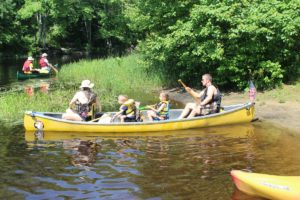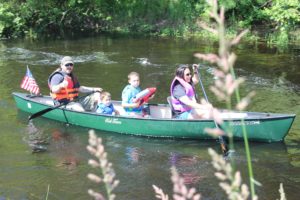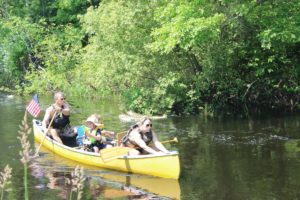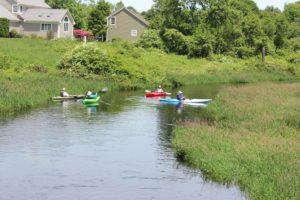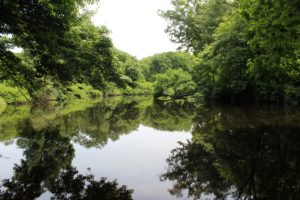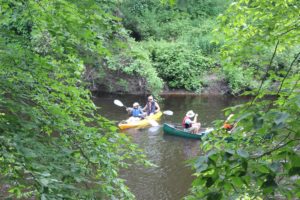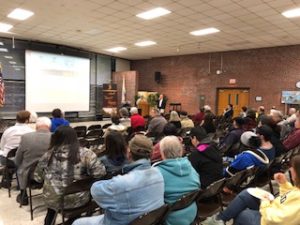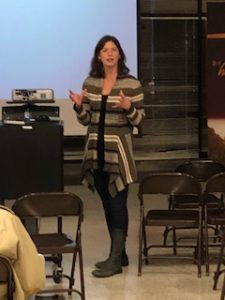The September nitrate, total phosphorus and fecal coliform results have been added to our 2018 monitoring results summary spreadsheet and the Monitoring Results Page on the website. We had rain before our sampling event which temporarily increased river flow. We had the same thing happen before our July and August sampling events as well. In the low gradient Taunton River (20 feet elevation change in 40 miles of river) summer storms increase river flow for several days until the river drops back to low flow conditions.
Despite the temporarily higher than usual river flow on our September 12th sampling date, nitrate values exceeded the water quality target by 2 to 3 times in the lower watershed and 6 to 8 times in the upper watershed. Also as a result of the storm fecal coliform results were higher than we typically measure.
Our next sampling event is Tuesday, October 9 (the second Tuesday of the month as usual).
Please consider joining us for the State of the Taunton Watershed Workshop: Building Partnerships for Progress on October 1, 2018, from 8:30 to 1:00 at Fall River Heritage State park. Click here to see the draft program.

